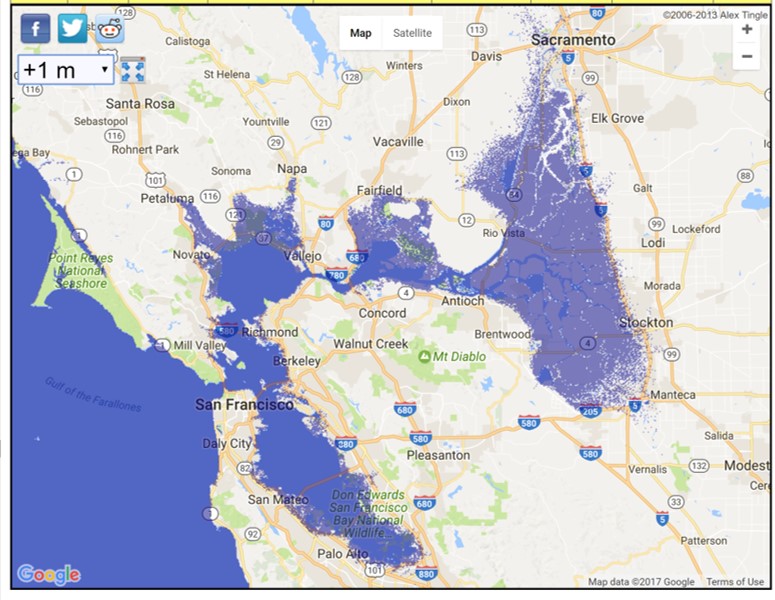
Diz Swift has resigned from the LWVBAE Board of Directors and her job as Action Coordinator so that she can spend more time working at the state and national level. Dr. Swift has led the League at all levels of government in recognizing the urgency of taking action to slow and reverse climate change, She brings her scientific doctoral training and her many years of technical and management experience at Chevron to educating League members and the public and to shaping and leading League policy and action. She wrote to the Board as follows:
Leaving the Board will free up more time for me to make a meaningful impact as the LWVC Climate Change Program Director, and leading the Steering Team for Price on Carbon for the LWVUS.
Although it may sound like an overstatement, truly I love our local League and the work we do. My decision to resign is purely driven by the need to find more time for LWVC-LWVUS and I will continue to be an active member in our cool local League.
Below is her recent report on how to take action locally on climate change:
Climate change is a global issue, but that doesn’t mean we’re helpless. In fact, much of the solution will be what may seem like just small changes. And most of the changes are local.
Local actions to combat climate change were discussed at a workshop held at the LWV-California Convention, June 2-4, 2017 in a broader discussion of the new LWV-California Climate Change Action Policy. Click for a recording of the workshop and for slides.
So what can we do locally to combat this global problem? Well, here is a sample:
We can promote energy conservation and efficiency
In transportation with increased and more efficient public transportation, with electric vehicles and local charging stations, and with cr share programs and car share apps.
In buildings with education of the public and incentives (insulation, electrification, heat pumps, water reuse) for residential housing, and upgraded municipal codes for water and energy efficiency in all buildings.
In infrastructure with storm water capture in municipal systems, mini-grids, and Community Choice Energy [local public control].
With energy efficiency standards including, home energy use standards, appliance efficiency standards, and Zero Net Energy rewards/incentives.
With land use policies including municipal plans that allow walk-able cities/towns focused around public transportation, restricting planning permits based on sea level rise, and wetlands rehabilitation for storm surge protection.
We can promote carbon pricing
At the state, regional and national levels we can promote carbon pricing by either cap and trade or carbon tax. And that can be done even at the local level, differentiating taxes on natural gas vs. renewable sources.
We can promote adaptation policies
The two key challenges for California are sea level rise and changing  weather patterns, the latter influencing drought, stronger storms, and agricultural disruptions.
weather patterns, the latter influencing drought, stronger storms, and agricultural disruptions.
One meter of sea level rise – very probable by 2100 – will flood almost to Manteca, encroach on major transportation routes, and impact many of the Bay’s sewage treatment facilities. The inset map shows one meter of sea level rise.
And the suggestions above just scratch the surface. For a list of local actions provided by the California Air Resources Board – ten full pages, single spaced – look here.
Any start is a good start. And any change in the right direction is a good change, no matter how small. What will you do?
Diz Swift, LWVBAE Action Coordinator
Climate Change Program Director, LWVC
All League News

